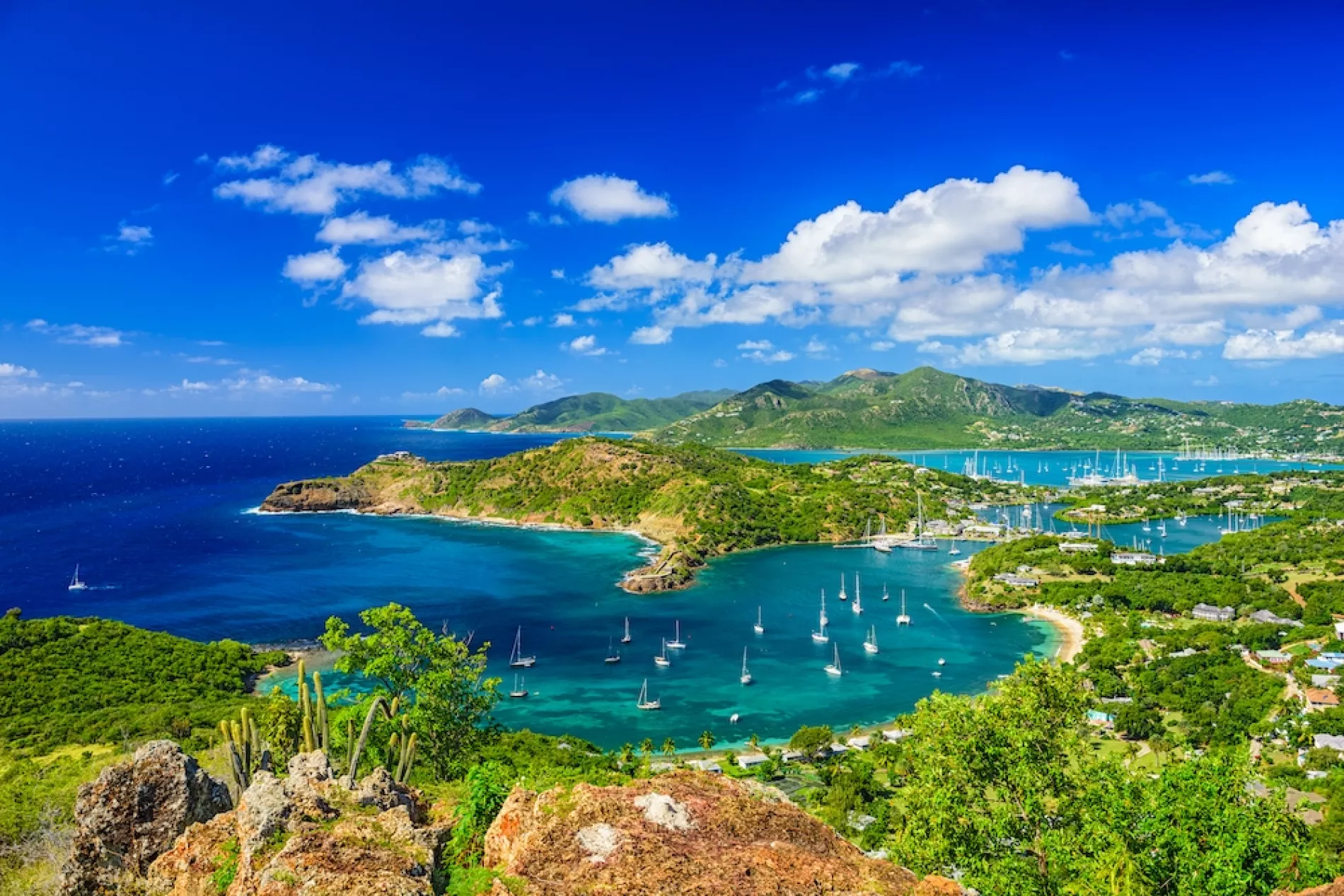Colours of the Caribbean
There’s a suitably grown-up feel to this adults-only ship. We’ve cherry-picked some of the facilities from its sister ship Marella Explorer, like The Dining Club and Indigo Bar, Club and Casino. But there are some special one-offs, too, like themed bars and eateries.
Marella Cruises – formerly Thomson Cruises - is to add a fifth ship to its fleet in 2023. Having parted with Marella Celebration and Marella Dream during the pandemic, the line is to acquire Mein Schiff Herz from the parent TUI Group and convert it into Marella Voyager.
The new addition, originally from the same Celebrity Cruises Century-Class as Marella Explorer and Explorer 2, will feature two new venues for Marella – a Mexican diner and a secret speakeasy bar.








There’s a suitably grown-up feel to this adults-only ship. We’ve cherry-picked some of the facilities from its sister ship Marella Explorer, like The Dining Club and Indigo Bar, Club and Casino. But there are some special one-offs, too, like themed bars and eateries.



